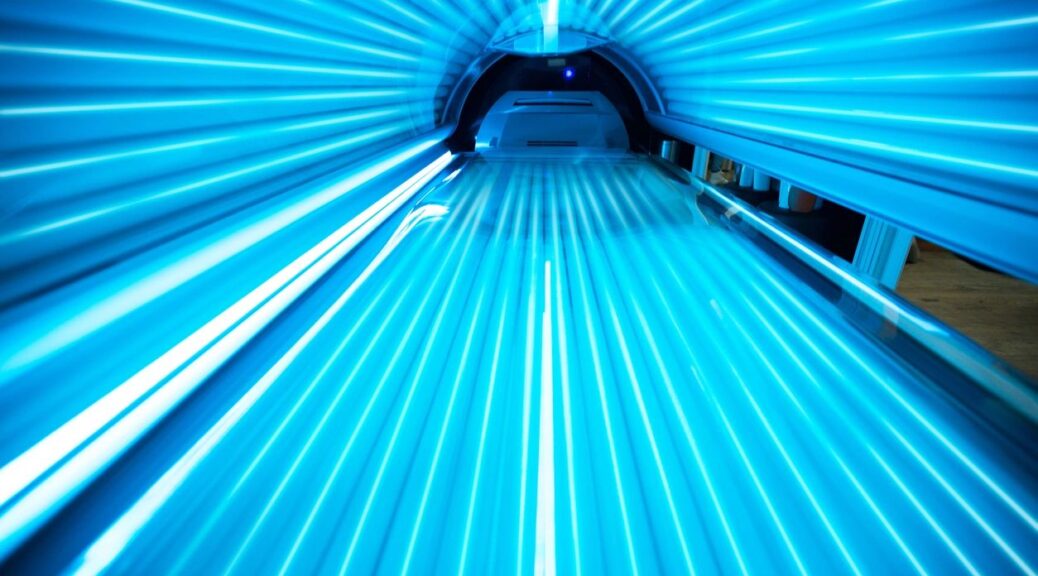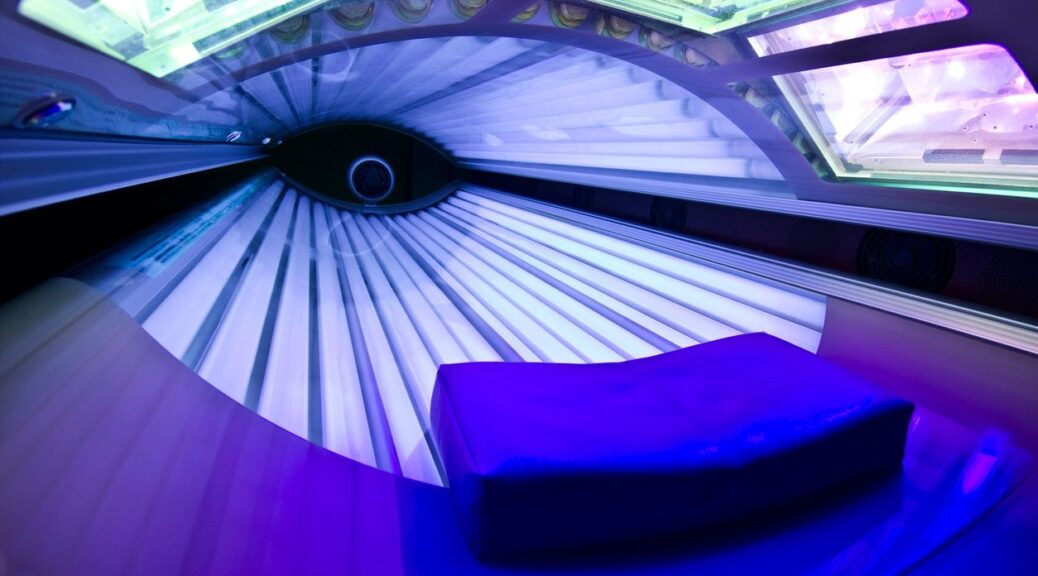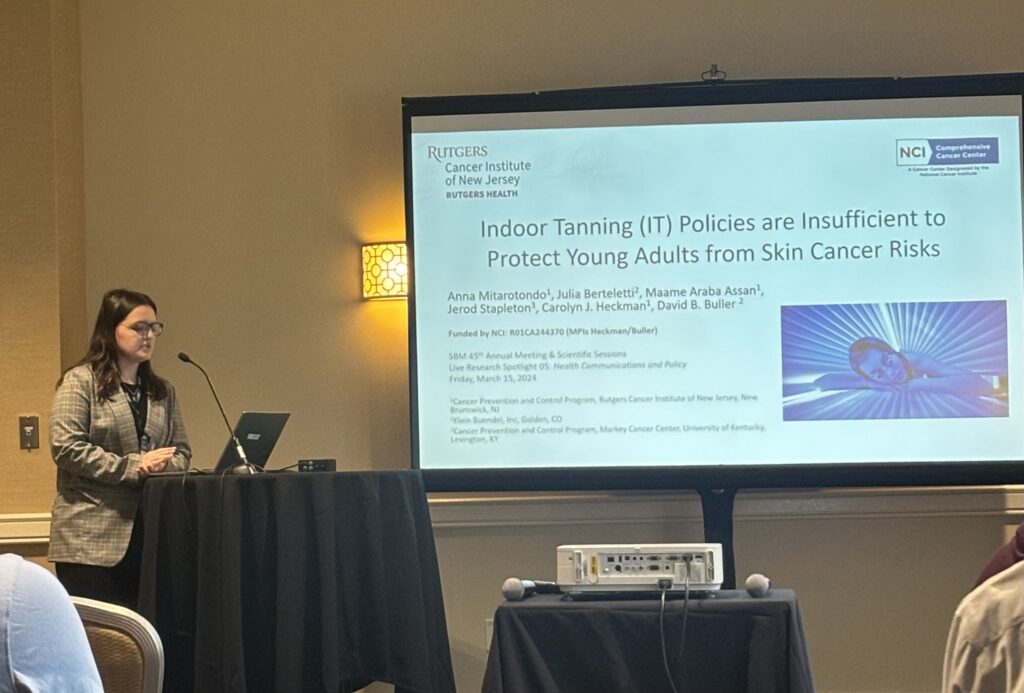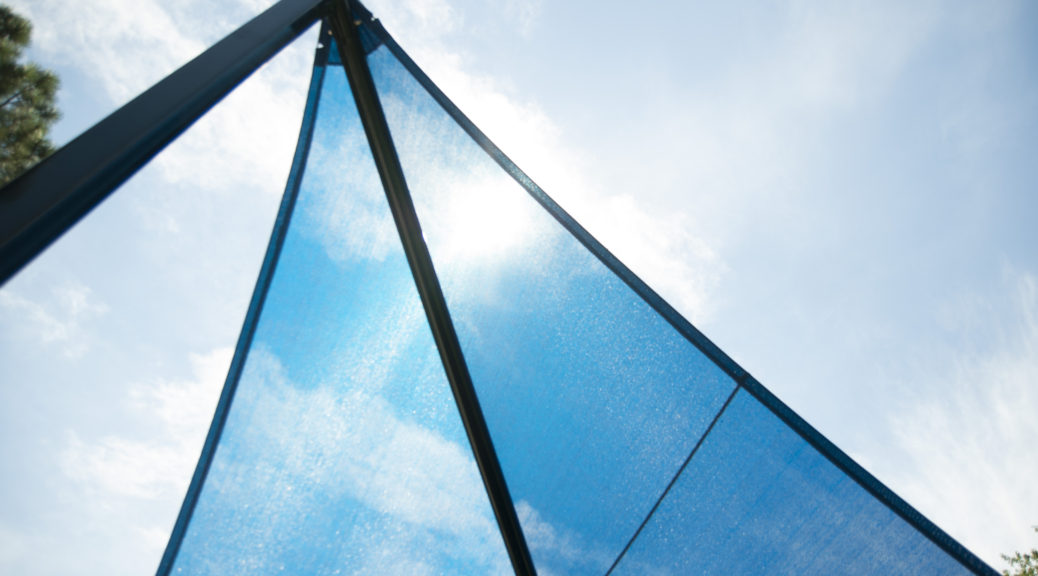Analysis of Indoor Tanning Legislation in the United States
Dr. David Buller, Klein Buendel Director of Research, and a national team of scientists, physicians, and attorneys, have published an article in the American Journal of Public Health that describes the progression, content, and stringency of state legislation regulating indoor tanning in the United States.
Skin cancer is a highly prevalent, potentially deadly, and expensive disease. Indoor tanning is a well-established cause of melanoma and keratinocyte (non-melanoma) carcinomas. In the most recent estimates, nearly 6% of adolescents and 5% of adults indoor tan. Most individuals begin indoor tanning as adolescents or young adults. Stringent state indoor tanning laws that include age bans for minors instead of just parental consent are associated with less indoor tanning.
For this study, trained research assistants used legal mapping methods to collect and code legislative bills on indoor tanning introduced in U.S. states, the District of Columbia, and Puerto Rico. The research aimed to (1) describe the progression of state indoor tanning legislation (enacted or failed); (2) detail the content and stringency of bills with special attention to whether bills banned indoor tanning by minors (individuals aged younger than 18 years (under-18 ban); and (3) explore the potential impact of political party affiliation of state government leadership when bills were proposed.
Between 1992 and 2023, 184 bills were introduced in 49 of 50 states and the District of Columbia (56 laws were enacted, and 126 bills failed). An under-18 ban was enacted in 22 states and the District of Columbia. Analyses calculated composite scores on the stringency of age restrictions and of warnings, operator requirements, and enforcement. The research team evaluated associations of the political party of the legislative sponsor and legislature majority. Specific methods, coding protocols, statistical analyses, results, conclusions, limitations, and public health implications are detailed in the American Journal of Public Health paper.
In many states, it took several years and proposed bills before a law on indoor tanning was enacted. Enacted bills were more stringent than failed bills. Party affiliation of the bill sponsor and legislature majority combined to affect bill passage and age restrictions. Increasing support for stringent regulations on indoor tanning is evident and may motivate other states or the federal government to prohibit minors from using indoor tanning facilities in an effort to improve health and prevent death.
This research was supported by a grant to Rutgers University from the National Cancer Institute (CA244370; Dr. Carolyn Heckman and Dr. David Buller, Multiple Principal Investigators). Paper authors include Dr. Carolyn Heckman, Ms. Anna Mitarotondo, and Mr. Kevin Schroth from Rutgers University; Mr. Alan Geller from Harvard University; Dr. Jerod Stapleton from the University of Kentucky; Ms. Samantha Guild from the AIM at Melanoma Foundation in Texas; Dr. Jeffrey Gershenwald from the MD Andersen Cancer Center at the University of Texas; Dr. Robert Dellavalle from the University of Minnesota; Dr. Sherry Pagoto from the University of Connecticut; and Dr. David Buller, Ms. Julia Berteletti and Ms. Irene Adjei from Klein Buendel.




